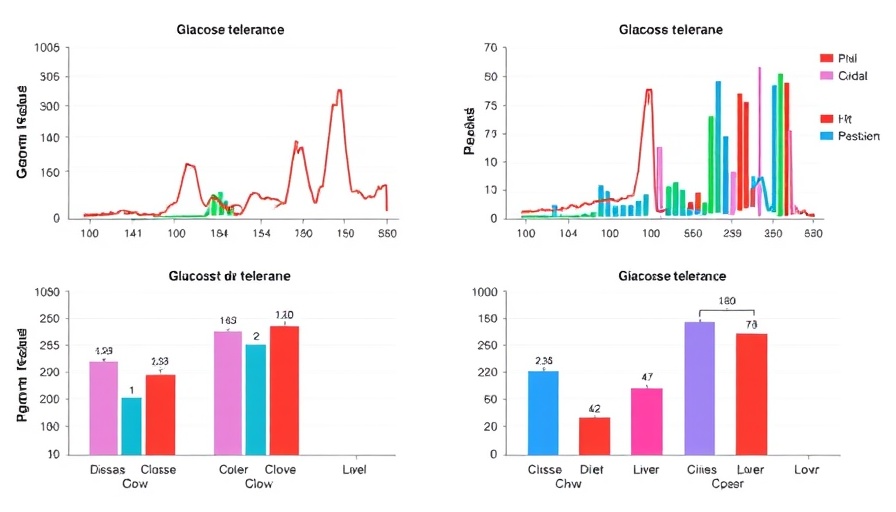
Understanding Redox Signals in Mitochondrial Distress
Recent research sheds light on the complex communication pathways between mitochondria and the nuclear transcription machinery, a critical aspect in the realm of cellular health and rejuvenation. By employing subtoxic doses of MPP+, a known complex I inhibitor, studies observed that cells underwent significant transcriptional changes, illustrating how mitochondria send distress signals to the nucleus. This interaction highlights the importance of redox signaling—an essential process that maintains cellular functions and influences overall health.
The Role of Antioxidants in Mitigating Mitochondrial Distress
In studies involving human neuronal LUHMES cells, those exposed to the antioxidant phenothiazine (PHT) displayed a marked reduction in the transcriptional upheaval caused by the MPP+ treatment. While ATP levels and other critical bioenergetic markers remained unchanged, the impact of PHT on the molecular epigenetic landscape was significant. By preserving nuclear 5-methyl-cytosine levels and histone acetylation, antioxidants play a pivotal role in cellular repair processes—offering new insights for individuals interested in cellular rejuvenation and longevity.
Implications for Neurodegenerative Diseases
The relevance of this research extends into the field of neurodegenerative disorders, particularly Parkinson's disease. The findings support the premise that mitochondria might activate protective measures against impending distress. A better understanding of these signaling pathways could lead to innovative approaches in regenerative medicine, focusing on cellular health and the development of therapeutic strategies that utilize redox signaling to counteract conditions like Parkinson’s.
Future Trends in Cellular Rejuvenation Research
As health-conscious individuals increasingly seek evidence-based methods for maintaining youthfulness and vitality, exploring mitochondrial function and redox signaling offers a promising avenue for anti-aging strategies. The development of NAD+ boosters and other methods to enhance cellular health may significantly benefit individuals looking to enhance their biological resilience as they age.
Actionable Insights and Applications
For those interested in cellular rejuvenation, understanding these biological underpinnings allows for informed choices regarding supplementation and lifestyle changes. Incorporating NAD+ boosters and antioxidant-rich diets can aid in cellular repair processes vital for longevity. This knowledge empowers individuals to innovate their health strategies, emphasizing the importance of mitochondrial health and cellular rejuvenation for maintaining energy and vitality.
As research continues to evolve in the sector of cellular rejuvenation, embracing antioxidants and effective mitochondrial function will likely become a cornerstone of regenerative medicine. This shift will not only assist individuals in combating age-related decline but may also facilitate the development of cutting-edge therapies aimed at reversing senescence.
 Add Row
Add Row  Add
Add 




Write A Comment